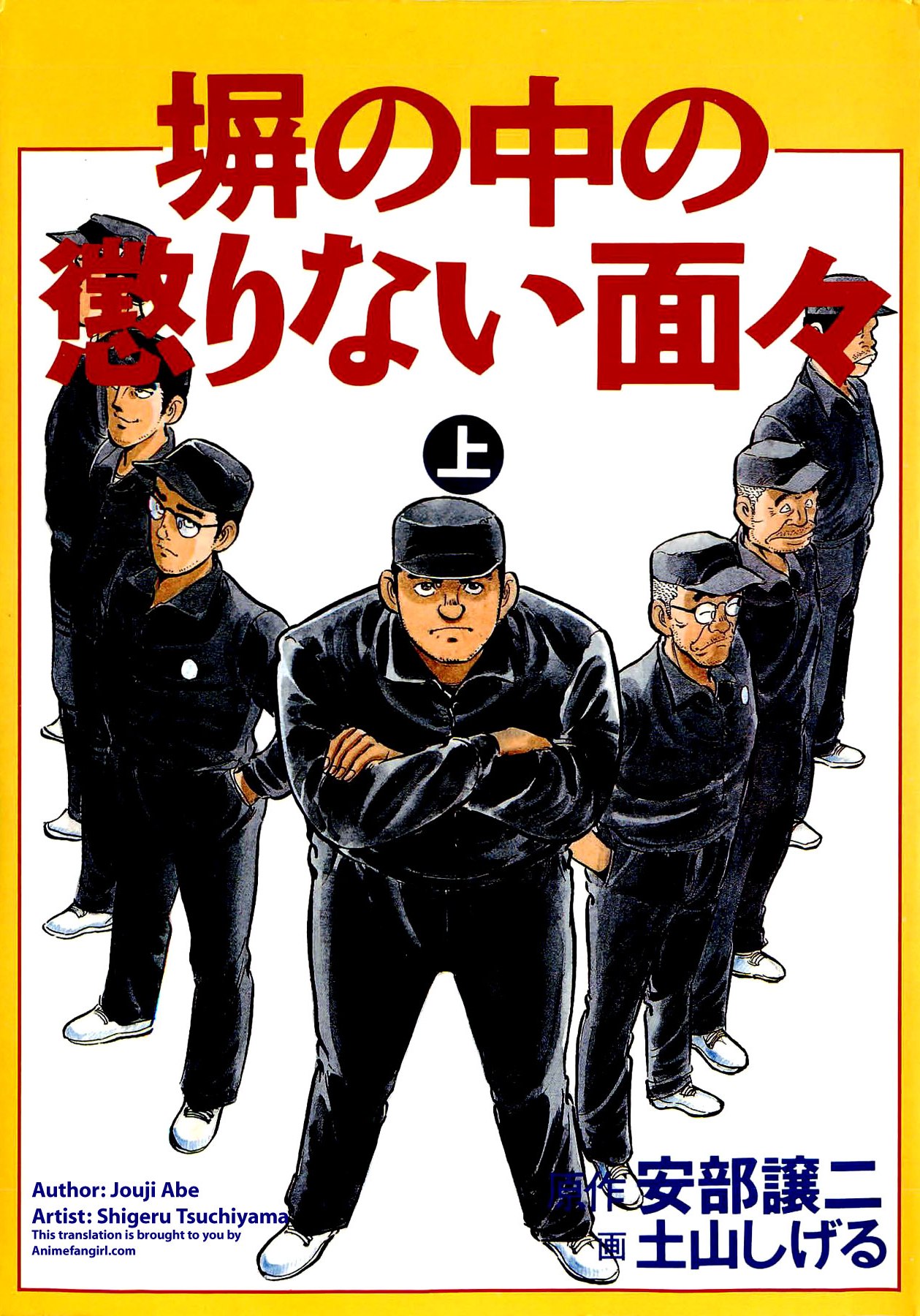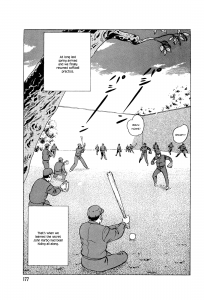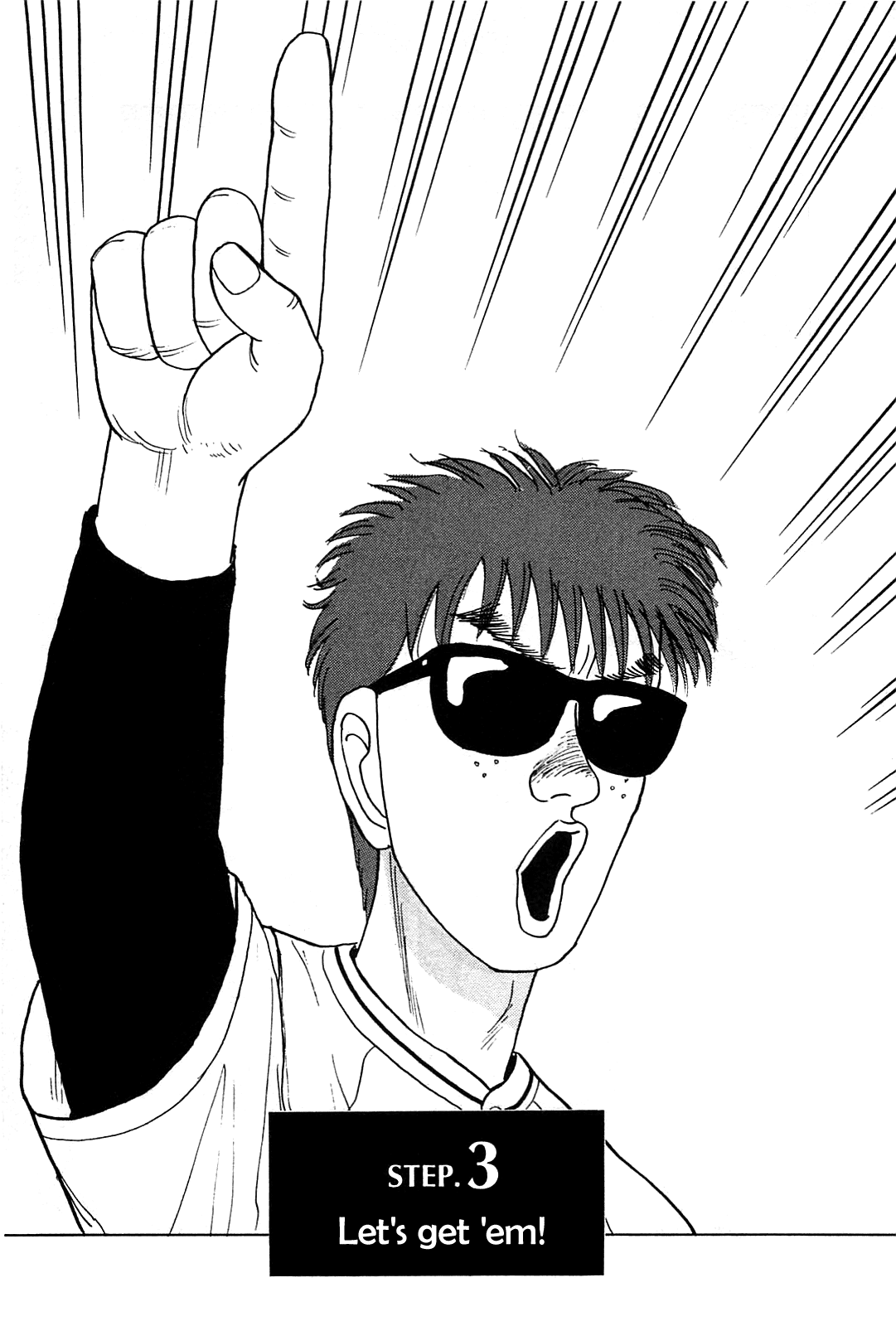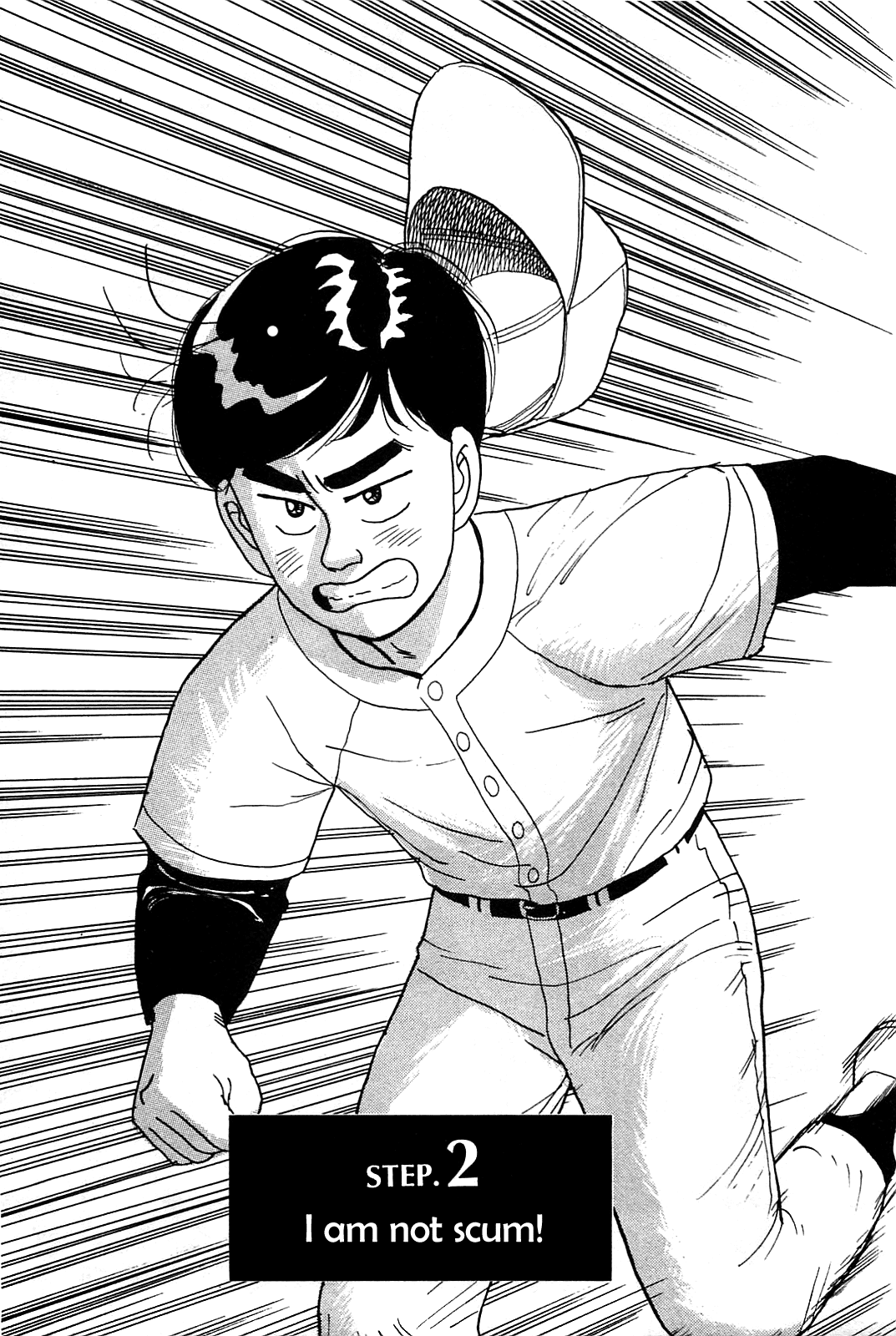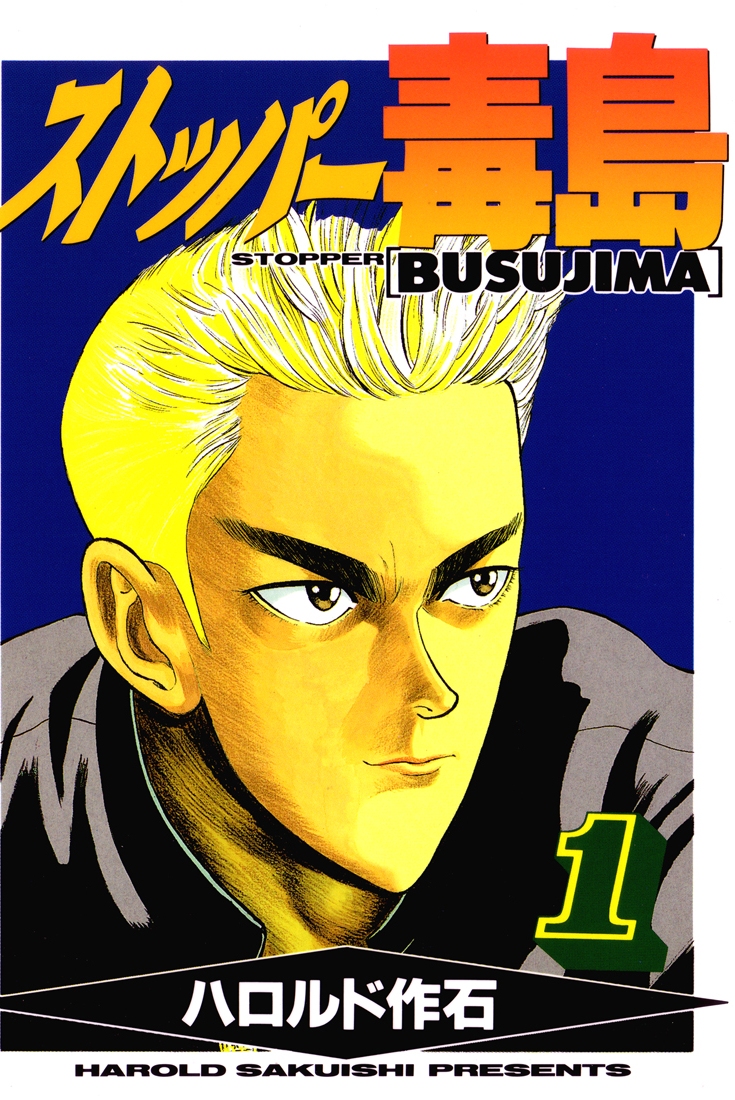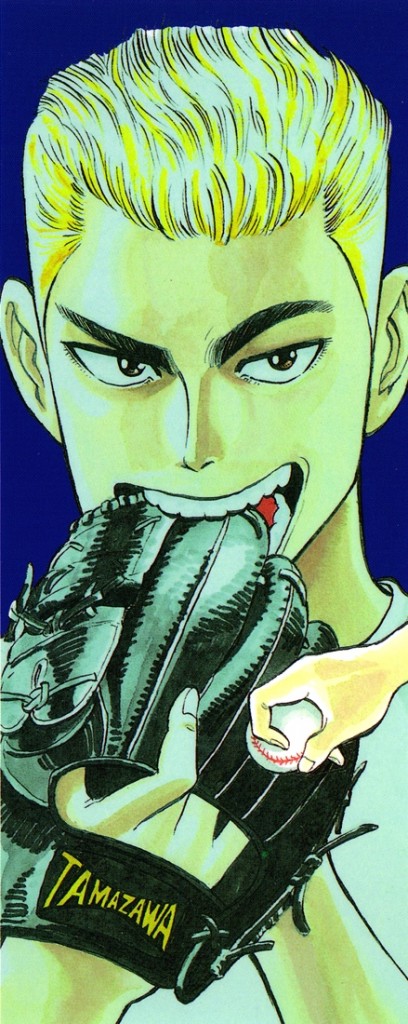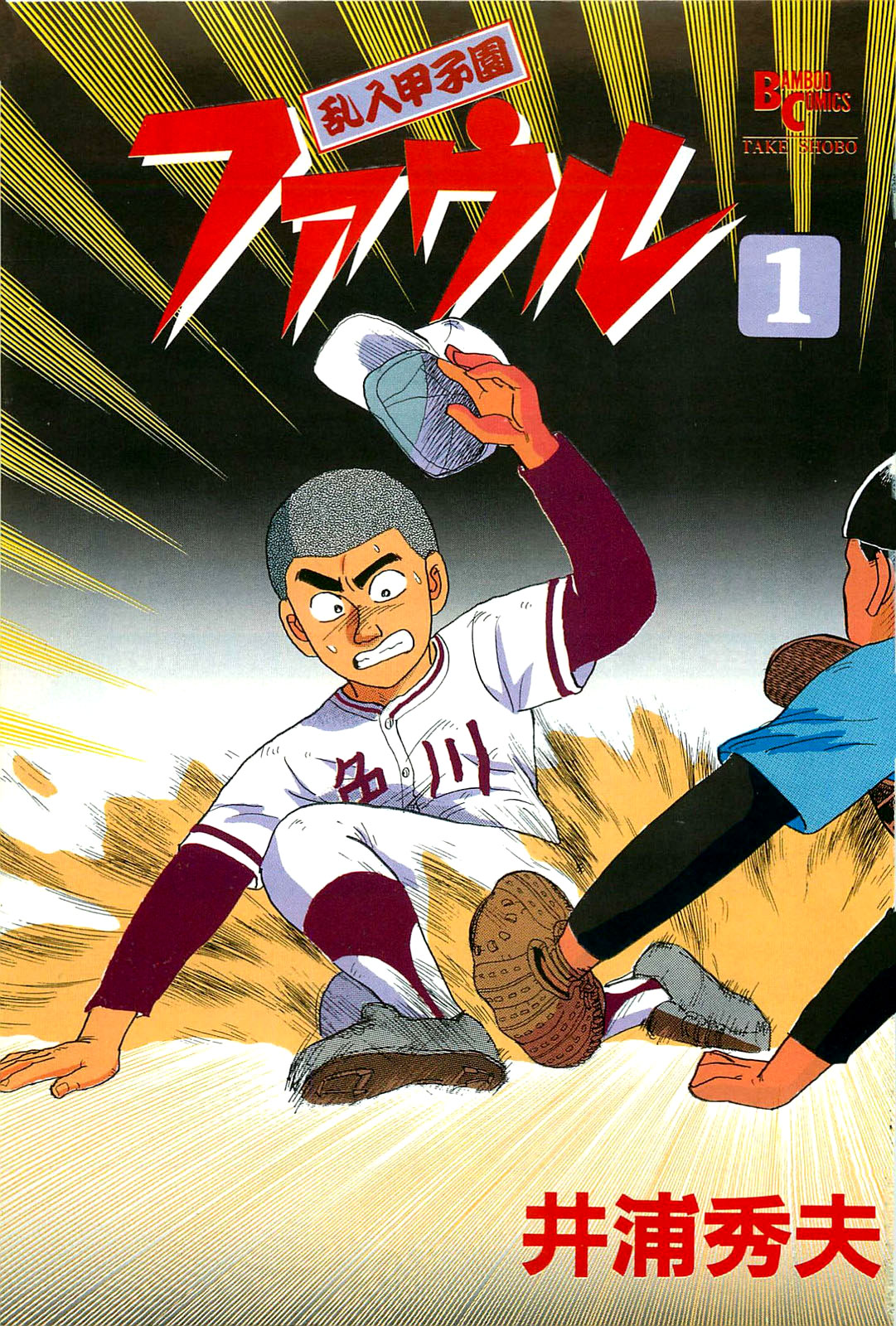Sorry for the long break. I’ll continue my discussion on good fonts for manga typesetting later on. Today I’m continuing my love for baseball manga by which has led me to attempt to read just about anything labelled as a ‘baseball’ manga. The only problem is that Mangaupdates’ categories are seemingly written by people who haven’t actually read the manga in question, so as with Iruka-chan ni Yoroshiku, it turns out the sport played in Hei no Naka no Korinai Menmen is softball, not baseball. A later chapter even explains why certain sports, particularly sumo and regular baseball were banned from the prisons. But I’m getting slightly ahead of myself.
The Hei no Naka no Korinai Menmen (塀の中の懲りない面々)manga is an adaptation of an autobiographical novel
by Jouji (George?) Abe, probably better known by Western fans as the writer of Rainbow. I haven’t actually read Rainbow, but it won the 2005 Shogakukan Manga Prize, got an anime recently and receives regular translations, so I figure most people must know it.
The original Hei no Naka novel came out in 1986 and was a smash hit, Japan at the time being relatively favorably disposed to yakuza tales. The book spawned a TBS drama, a movie and this manga and even won an award for introducing a new catchphrase, “— menmen” into the Japanese language.
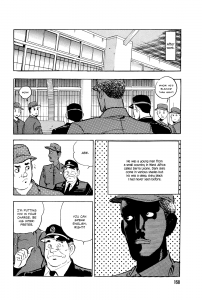
What’s the book actually about, though? The title should tell you: “Hei no naka” = literally “within walls” i.e. in jail and “korinai menmen” = literally “people who haven’t learn their lesson.” Maybe something like “Unrepentant Jailbirds” would be a good title in English.
The manga chronicles Abe’s time in jail for… I forget exactly what he did. Does he ever say? Not sure, but he was definitely guilty. Most chapters focus on different individuals he encounters within the prison system. While there is a recurring cast of regulars, most chapters can be read on their own as standalone chapters.
That’s it for the content. Is the manga any good? Alas, it’s lacking quite a bit. It’s only 2 volumes long, but I suffered before I could even finish volume 1 and didn’t bother with the second one. Artistically speaking the art is clean, the character designs are simple but memorable, the panels are simply and effectively laid out, etc, etc. There’s nothing to complain about visually.
The problem is, the Hei no Naka manga sticks way too faithfully to the source text. It’s more like a heavily-illustrated novel than like a manga. It’s most likely because nothing much happens in the novel (which I haven’t read). To cut a long story short, most chapters consist of page after page of people just sitting around talking with these huge dialogue boxes full of reams of text over their heads. And they don’t talk about anything important either, just complaints or ranting about society (which is rich coming from the dregs of society) or Prisoner X explaining Prisoner Y’s background at length to the other prisoners, that sort of thing.
I must also take issue with the “golliwog”-style design of the African character in chapter 8. The other characters all have clearly defined features (though the slitty-eyed Chinese man is… not cool) but John Karbo is just this black mass with eyes and a vague nose and thick lips. And you thought blackface was a thing of the past. It’s a documented fact that some people in West and East Africa have very dark skin, but they aren’t featureless golliwogs the way this manga portrays them. I’m going to put it down to Japan being very ignorant about Africa back in 1988 and an overzealous artist trying their hardest to convey the “blackest of the black” skin the author calls for.
tl;dr Hei no Naka no Korinai Menmen is not a very interesting manga -the premise and the setting are intriguing, but the execution lacks a lot. If you like wordy, slice of life manga where nothing much happens you could do worse than this, but otherwise it’s not that great. If Jouji Abe’s story of his life in prison interests you, see if you can find the movie or the TV drama instead.
